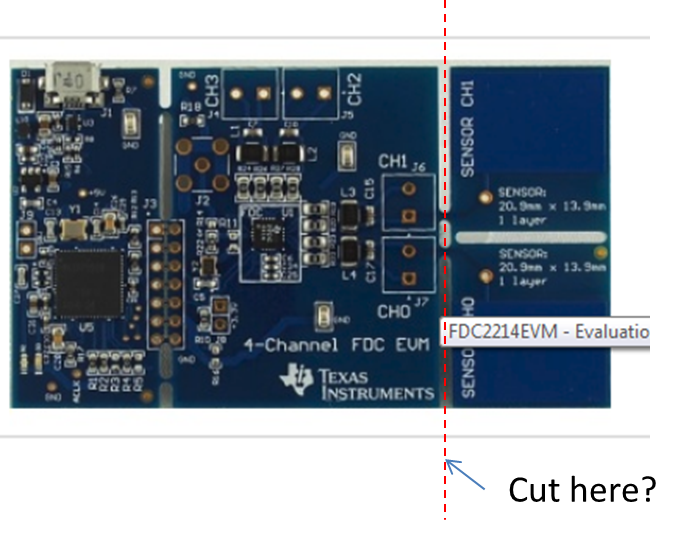Other Parts Discussed in Thread: FDC2214, ALLIGATOR,
I am working with the FDC2214 development board and it senses people beautifully. However weird it may sound, I am trying to use it to sense a small rodent (mouse) when it interacts with a metal cage. The hope is to develop a product that can sense when rodents interact with their cage lids and potentially develop a commercial cap sensing mouse trap. The problem of course is that the cage lid surface area is much larger than the rodent. So when the rodent touches the lid the capacitance of its body should be added to the capacitance of the cage lid, however i suspect i am just out of range of the sensor. I was slightly shocked by this since this ADC is 28 bit and can detect as low as 1ml water drops. What i cant understand is why it cant detect a 25 gram mouse (bodies are 90% water after all) through the pads of his feet. I noticed in the documentation that there are options for differential sensing and changing the current of the sensor. Would this be a good place to start or should i think about changing the tank LC resonator circuit? Any advice would be appreciated
Cheers
Hendrik


